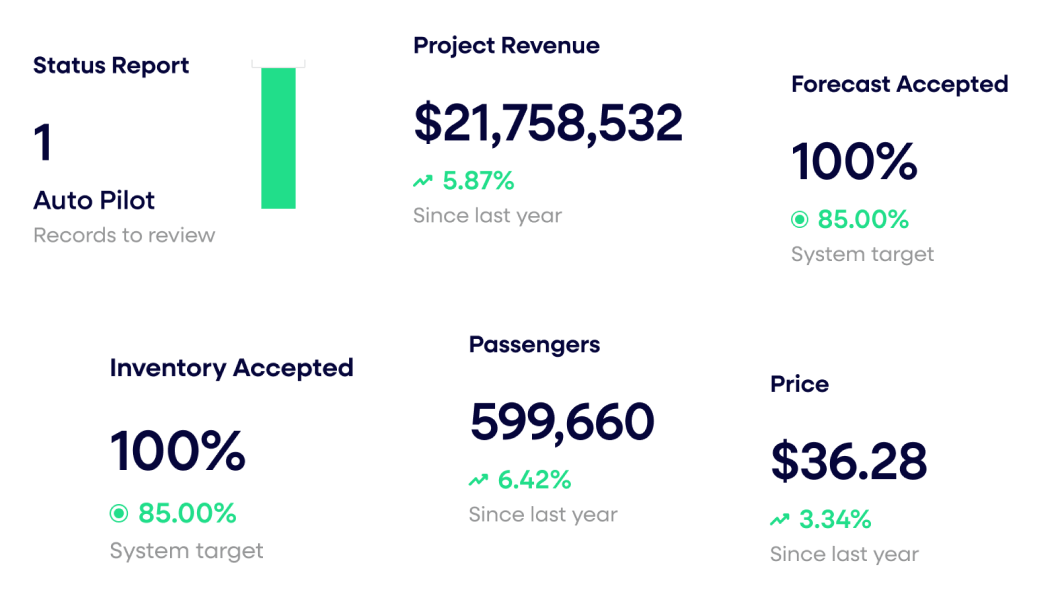Unlocking Pricing Power: Midmarket Industrial Companies Are Uniquely Positioned for Pricing Impact

Midmarket industrial companies sit at an advantageous crossroads. They are often more nimble than large enterprises but possess greater scale and resources than small businesses. This unique position allows them to reap substantial benefits from improved pricing capabilities—something many have historically overlooked in favor of cost reduction or sales growth initiatives. In an era where advanced tools and data-driven insights are increasingly accessible, these companies have the opportunity to drive profitability, differentiation, and enterprise value through strategic pricing.
The Midmarket Edge: Flexibility Meets Focus
Unlike larger corporations burdened by bureaucratic processes, midmarket companies can pivot quickly, implementing pricing strategies with fewer layers of approval. At the same time, they often have deeper customer relationships and better market intelligence than smaller competitors. This combination of agility and market knowledge creates the perfect conditions for successful pricing transformations.
Key advantages include:
- Close customer proximity: Midmarket industrial companies typically maintain strong, direct relationships with customers. This proximity allows for deeper insights into customer needs, value perception, and price sensitivity, which can be leveraged for more precise and targeted pricing strategies.
- Less complexity than large enterprises: While large companies often struggle with complex pricing structures across multiple divisions and geographies, midmarket firms can streamline and standardize their pricing processes more easily, enabling faster improvements and greater consistency.
- High impact of small changes: For midmarket firms, even modest pricing adjustments can have an outsized impact on profitability. A 1% improvement in realized price can significantly boost EBITDA, creating financial flexibility for reinvestment or growth.
The Growing Availability of Pricing Tools and Analytics
Historically, advanced pricing tools and methodologies were accessible only to large corporations with dedicated pricing teams. However, the rise of cloud-based pricing platforms, predictive analytics, and AI-driven tools has leveled the playing field. Midmarket industrial companies can now access powerful data-driven insights without the need for expensive custom solutions.
See how private equity firms turn fragmented data into repeatable value creation across portfolios.
These tools allow midmarket firms to:
- Analyze historical sales data to identify pricing inconsistencies and margin leakage.
- Segment customers based on value and willingness to pay.
- Implement dynamic pricing models that adjust to market conditions and cost fluctuations.
- Monitor performance in real time to stay ahead of market trends.
Opportunities for Value Creation
Strategic pricing offers a range of value-creation opportunities for midmarket industrial companies:
- Margin expansion: Optimized pricing can directly improve operating margins without requiring additional sales volume.
- Increased customer lifetime value (CLV): Value-based pricing improves customer retention and increases overall customer profitability.
- Market differentiation: By aligning pricing with value delivered—whether through superior quality, service, or reliability—midmarket companies can differentiate themselves in commoditized markets.
- Improved sales productivity: When sales teams are armed with clear pricing strategies and better data, they can focus on closing higher-value deals rather than discounting to win business.
Building a Pricing Capability: Where to Start
For midmarket companies, the journey toward pricing excellence begins with three critical steps:
- Conduct a pricing proof of value: Identify areas of margin leakage, pricing inconsistency, and opportunities for segmentation. Understand how current pricing practices align with customer value and market dynamics.
- Invest in pricing talent and technology: While pricing tools are essential, having the right people is equally critical. Many midmarket companies are hiring pricing specialists or upskilling existing teams. Affordable pricing platforms can provide immediate insights and support long-term strategy.
- Create a pricing culture: Sustainable pricing improvements require a cultural shift. Leadership must emphasize the strategic importance of pricing, aligning incentives with profitability and empowering the organization to make data-driven pricing decisions.
Conclusion
Midmarket industrial companies are uniquely positioned to capitalize on improved pricing capabilities. Their combination of agility, close customer relationships, and access to emerging tools gives them a distinct advantage over larger, slower-moving competitors. By embracing strategic pricing as a core business function, these companies can enhance margins, strengthen competitive positioning, and drive long-term enterprise value.
Midmarket agility, paired with smarter pricing, is a winning formula. Book a 30-minute intro call to see how your Portcos can capitalize.
Last updated on October 14, 2025






